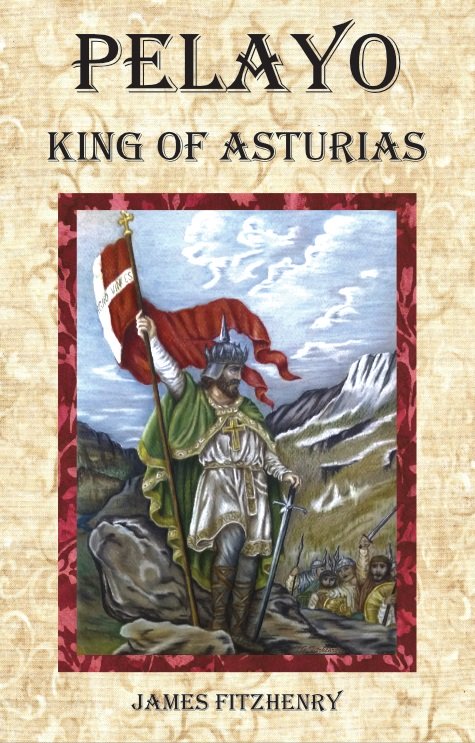Feast of the Holy Name of Jesus

Feast of the Holy Name of Jesus: Honoring the Savior's Name
The Feast of the Holy Name of Jesus is a significant celebration in the liturgical year of Christians. It is a time to honor and reflect on the name of Jesus, recognizing the blessings received through our Holy Redeemer. This feast has been observed since at least the end of the fifteenth century, with varying dates of celebration.
History of the Feast
The feast of the Holy Name of Jesus has been celebrated at local levels for centuries. The feast has been held on different dates, often in January, to commemorate the naming of Jesus. According to the Gospel of Luke, Jesus was circumcised eight days after his birth and given the name Jesus, as instructed by an angel. This event, mentioned in the Gospel read on January 1, forms the basis for the celebration of the Holy Name of Jesus.
Franciscan Influence
The feast of the Holy Name of Jesus holds special significance for Franciscans due to the mission and ministry of St. Bernardine of Siena, a Franciscan friar. During his preaching and mission of conversion in Italy, St. Bernardine carried a monogram of the Holy Name, surrounded by rays, painted on a wooden tablet. This symbol was used to bless the sick, and many miracles were reported as a result. St. Bernardine also encouraged the faithful to have the monogram placed over their cities' gates and above their dwellings' doors to remind them of the blessings of the Lord and Savior.
Observance of the feast of the Holy Name of Jesus was officially granted to the Franciscan order in 1530, and the feast is celebrated on January 2nd according to the traditional Franciscan calendar.
The symbolism of the Monogram
The Holy Name of Jesus monogram, often represented as "IHS," holds deep symbolism. It derives from the first three letters of the Greek name of Jesus, iota-eta-sigma (ΙΗΣ). The Greek letter iota is represented by "I," eta by "H," and sigma by "S." This Christogram is widely recognized as a symbol of devotion to the Holy Name of Jesus.
The monogram "IHS" can be interpreted in various ways. It is sometimes understood as "Iesus Hominum Salvator," meaning "Jesus, Savior of men" in Latin. It is also associated with the phrase "In Hoc Signo," which is short for "In hoc signo vinces," meaning "in this sign you will conquer." The monogram serves as a reminder of the salvific power and victory of Jesus.
Liturgical Observance
In the Roman Catholic Church, the Feast of the Holy Name of Jesus is currently celebrated on January 3rd each year according to the General Roman Calendar. It is an optional memorial that provides a formal opportunity to honor the Holy Name of Jesus. The liturgical color for this feast is white, symbolizing purity and holiness.
During the celebration, prayers, hymns, and Scripture readings focus on the significance of the Holy Name of Jesus. Catholics are invited to reflect on the blessings and salvation brought about through the name of Jesus. The feast serves as a reminder of the importance of revering and invoking the name of God.
The Power of the Holy Name
The name of Jesus holds immense power and significance. St. Paul, in his Letter to the Philippians, declares that “For which cause God also hath exalted him, and hath given him a name which is above all names: that in the name of Jesus every knee should bow, of those that are in heaven, on earth, and under the earth: And that every tongue should confess that the Lord Jesus Christ is in the glory of God the Father." (Philippians 2:9-11). It is not the mere combination of letters that holds power, but the name of Jesus itself is a powerful prayer. The Jesuits, especially, have given great importance to the Christogram IHS, using it as the logo of their worldwide order.
The Holy Name of Jesus is frequently used in Christian prayers because Catholics have always believed there is a certain power in the name itself and have thus invoked it for centuries. This has been done at the direction of Jesus Himself when he told his Apostles: “Amen, amen, I say to you: if you ask the Father any thing in my name, he will give it to you.” Saint Paul invoked the Holy Name of Jesus to expel demons: “And it came to pass, as we went to prayer, a certain girl, having a pythonical spirit, met us, who brought to her masters much gain by divining. This same following Paul and us, cried out, saying: These men are the servants of the most high God, who preach unto you the way of salvation. And this she did many days. But Paul being grieved, turned, and said to the spirit: I command thee, in the name of Jesus Christ, to go out from her. And he went out the same hour. (Acts 16:18) In the name of Jesus, the Son of God, there is power for salvation, healing, blessing, and victory.
Devotion to the Holy Name of Jesus is rooted in the scriptural understanding of Jesus as the Savior of humanity. In Matthew 1:21 is written: “And she shall bring forth a son, and thou shalt call his name JESUS. For he shall save his people from their sins.” The name "Jesus" is derived from the Hebrew name Yeshua/Y’shua, which is based on the Semitic root y-š-ʕ (Hebrew: ישע), meaning "Yahweh is salvation" or "Yahweh will save." In essence, God gave His Son a name that revealed who He truly was as well as well as His purpose on earth.
Traditions and Customs
Various traditions and customs have developed around the Feast of the Holy Name of Jesus. Some communities organize processions or prayer vigils, focusing on the name of Jesus and seeking His intercession. The faithful may also display images or symbols representing the Holy Name in their homes or churches as a visible reminder of their devotion.
Conclusion
The Feast of the Holy Name of Jesus is a time to honor and reflect on the name of Jesus, recognizing the blessings and salvation brought about through our Holy Redeemer. The monogram "IHS" serves as a symbol of devotion to the Holy Name, reminding believers of the power and significance of Jesus' name. As we celebrate this feast, let us bend our knees and bow our heads, adorating in our hearts the name that brings hope, healing, and eternal salvation.
Now Available!!
Pelayo's resistance initiated the nearly 800-year-long Reconquista to take back his country from the ruthless invader who had conquered his homeland and sought to erase his culture and his faith. His actions would lay the foundations of a Kingdom for Christ that would eventually reach around the world and spread the Catholic faith to millions of souls. Read more...
Please help us continue to bring high quality books to our readers at the lowest possible price! Click the link below! Thank you!
Now Available!
Catholic Vitality Publications presents . . .Brand new by
James Fitzhenry
Now in paperback!
Battles - Honor - Miracles! This
book is filled with amazing stories of little-known Catholic heroes presenting
spectacles of bravery and valor never exceeded in all the annals of history. read more. . .
Now Available for $24.95
Also available:
Catholic Vitality Publications
Roman Catholic books currently published by Catholic Vitality Publications:
El Cid, God's Own Champion
-the amazing true story of the life of Rodrigo Diaz, El Cid!
Available for only $22.95
St. Fernando III
A Kingdom for Christ
- King St. Fernando III, born 100
years to the month after the death of
the Cid. His life was filled with miracles
and many conquests!
Available now for $26.95
Discounts available for bulk
orders and for bookstore
retail sales! Just contact us




